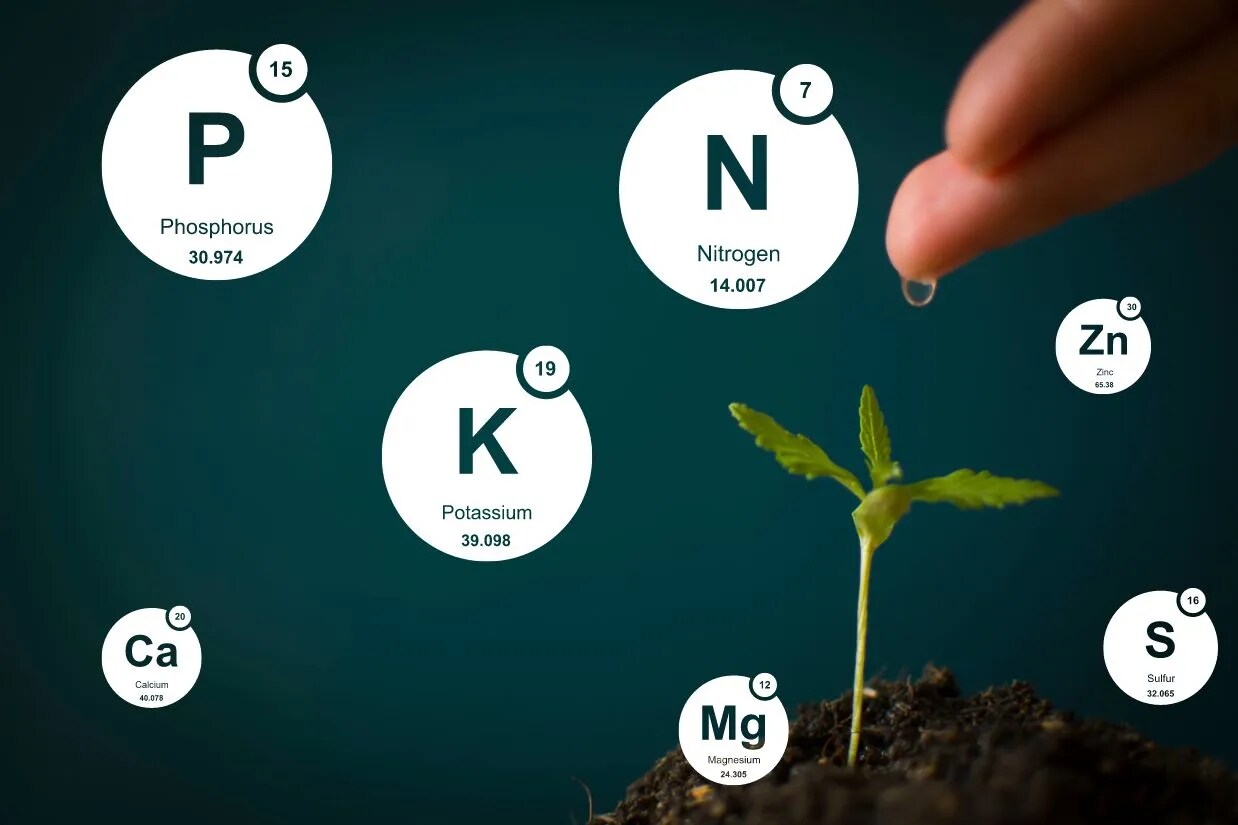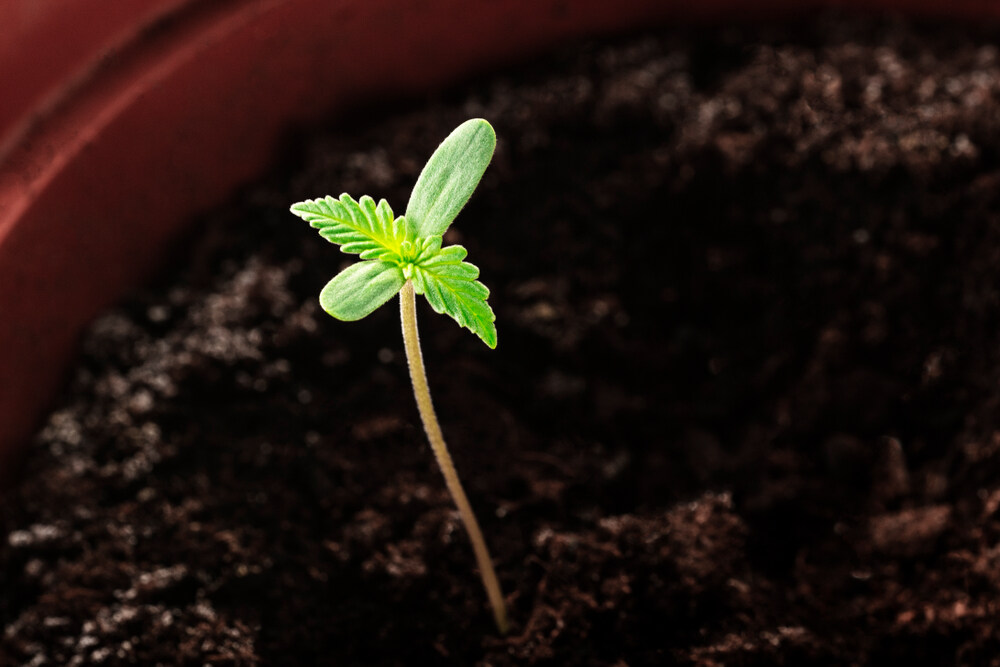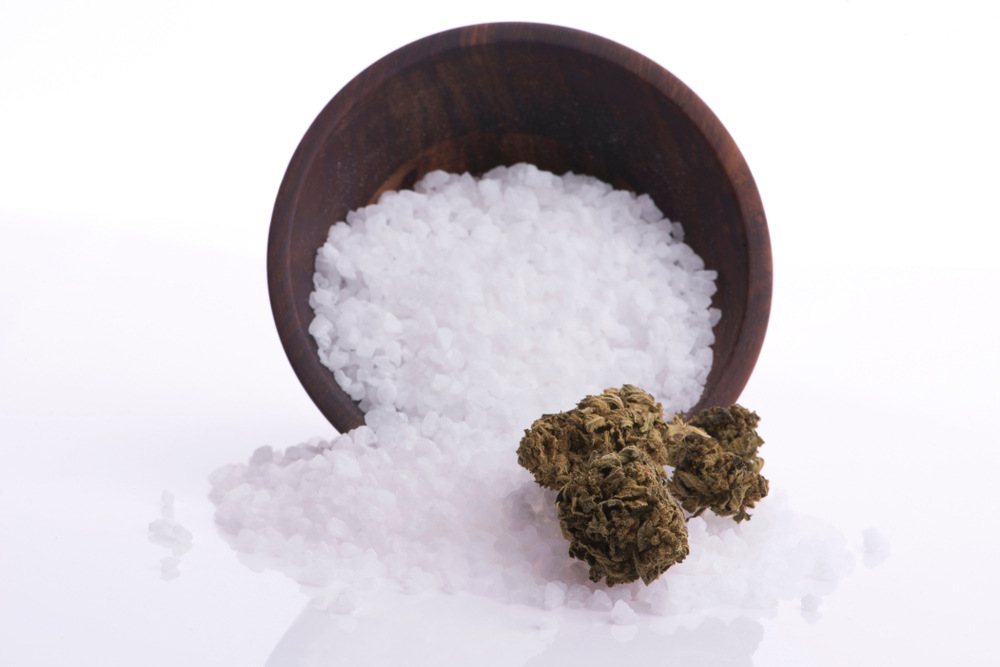The Best Fluffy Pancakes recipe you will fall in love with. Full of tips and tricks to help you make the best pancakes.

The Best Autoflower Nutrient Feeding Schedule
When you’re growing autoflowers, nailing down the feeding schedule is crucial for success. Autoflowering cannabis plants differ from photoperiod varieties in that they don’t rely on light cycles to start flowering. Because of this, their feeding schedule can be a bit simpler, but it’s still important to provide them with the right nutrients at every stage of growth to avoid underfeeding or nutrient burn. Let’s walk through everything you need to know to create the best autoflower nutrient feeding cycle, ensuring your plants thrive from seedling to harvest.
Understanding Autoflower Nutrient Needs
Autoflowers are resilient plants, but they still require proper nutrition to flourish. While they generally need fewer nutrients compared to photoperiod cannabis plants, feeding them properly is essential to optimizing their growth and yield. Let’s take a look at the key nutrients and how they affect the different stages of growth.
Macro and Micronutrients for Autoflowers
Autoflowers need a balance of both macronutrients—like Nitrogen, Phosphorus, and Potassium (NPK)—and micronutrients such as Iron, Zinc, and Copper. Macronutrients are necessary for major functions like chlorophyll formation and root development, while micronutrients help with more specific processes. For example, during the vegetative stage, nitrogen promotes leaf growth, while potassium becomes essential during the flowering stage for bud formation and water regulation.
Why Autoflowers Require Less Nutrients than Photoperiod Plants
Autoflowers grow quickly and stay smaller than photoperiod strains, which means they don’t need as much food. Their faster life cycle makes it easy to overfeed them if you’re not careful. I always recommend starting with a lower nutrient dose and gradually increasing as the plants progress through each stage. Be mindful of the NPK ratio in your nutrient solution, especially as you shift from vegetative growth to flowering.
Organic vs. Synthetic Nutrients: Which is Best?
There’s a long-standing debate between using organic or synthetic nutrients. Organic nutrients are great for improving soil health and are less likely to cause nutrient burn, but they’re slower-acting. Synthetic nutrients, on the other hand, work fast and give you more control over your feeding schedule, but they can increase the risk of nutrient lockout if not used carefully. For a balanced approach, try using organic nutrients early in the growth cycle and synthetic nutrients in the later stages.
Autoflower Feeding Schedule Overview
A solid autoflower feeding schedule will adjust to each stage of the plant’s growth—seedling, vegetative, and flowering. Each phase has different nutrient needs that are key to achieving the best results.
Seedling Stage: What to Feed and When

Autoflower seeds are fragile, especially when you first pop them. During the seedling stage (weeks 1-2), your autoflower won’t need much in the way of nutrients. Start with a diluted nutrient solution at about 1/8 strength, or stick to plain water until the plant has developed its first true leaves. Be sure to avoid overwatering during this stage, as seedlings are particularly sensitive.
Vegetative Stage: Nutrient Ratios and Key Elements
In the vegetative stage (weeks 3-5), it’s time to ramp up the nitrogen. I recommend an NPK ratio of about 3-1-2 to encourage healthy leaf and stem growth. Gradually increase the dose to around 50% strength, but always monitor your plants closely to make sure they’re not getting too much nitrogen. Autoflowers grow quickly in this stage, so it’s important to stay on top of their nutrient needs to maximize growth.
Flowering Stage: Transitioning to Bloom Nutrients

When your plants start flowering (around week 6), you’ll want to cut back on nitrogen and switch to a bloom nutrient formula that’s higher in phosphorus and potassium. A typical NPK ratio for this stage would be 1-3-4 to support bud development and trichome production. You can also add bloom boosters or supplements like molasses to enhance cannabinoid and terpene profiles.
Flushing Autoflowers: Why It’s Essential
Flushing your autoflowers with plain water during the last 1-2 weeks before harvest is key to improving the final quality of your buds. This process removes any leftover nutrients in the soil, leading to a smoother smoke and better flavor. I usually flush with pH-balanced water to ensure my plants are clean and ready for harvest.
How to Adjust Your Feeding Schedule for Maximum Yield
Autoflowers may have a fixed growth cycle, but that doesn’t mean you can’t adjust the feeding schedule to maximize yield. Keeping an eye on your plants and making changes when necessary is important.
Common Signs of Underfeeding in Autoflowers
If you notice yellowing leaves, slow growth, or drooping, your plant might be underfed. Underfeeding can stunt growth and reduce your final yield. To fix it, slowly increase the nutrient dose while paying attention to the plant’s response over the next few days.
How to Prevent and Correct Nutrient Burn
Nutrient burn happens when you overfeed your plants, causing the tips of the leaves to curl and turn brown. If you catch it early, you can flush the plant with plain water to remove excess nutrients and then dial back the dose. Going forward, use a feeding chart to help track how much you’re feeding your plants at each stage.
The Importance of pH Balance for Nutrient Uptake
Even if you’re feeding your plants the right nutrients, if the pH is off, they won’t be able to absorb them properly. For soil-grown autoflowers, a pH of 6.0-6.5 is ideal, while hydroponic setups need a slightly lower range of 5.8-6.0. Keep a close eye on the pH to avoid nutrient lockout and ensure your plants can access everything they need.
Advanced Tips for Autoflower Nutrient Feeding
Once you’ve got the basics down, you can start experimenting with advanced techniques to really dial in your autoflower feeding schedule.
The Role of Epsom Salt in Autoflower Nutrition

Epsom salt, or magnesium sulfate, is a handy supplement for autoflowers. It helps with chlorophyll production and boosts cell wall strength, leading to stronger plants. I like to add a teaspoon of Epsom salt to the feeding mix every couple of weeks, especially during flowering.
Combining Organic and Synthetic Nutrients for Optimal Results
Some growers combine organic and synthetic nutrients for the best of both worlds. Organic nutrients improve soil health and microbial activity, while synthetic nutrients provide faster results and more control. A hybrid feeding cycle can give you high-quality, high-yielding plants.
Foliar Feeding: A Supplementary Approach
Foliar feeding is when you spray nutrients directly onto the leaves for quick absorption. It’s especially helpful in the vegetative stage if you notice nutrient deficiencies, but it’s not necessary during flowering. Just be sure to spray early in the day to avoid leaf burn under strong light.
FAQ:
What is the best NPK ratio for autoflowers?
For vegetative growth, aim for a 3-1-2 NPK ratio. For flowering, switch to a bloom nutrient with a 1-3-4 ratio for better bud development.
Can you overfeed autoflowers?
Yes, overfeeding leads to nutrient burn, where leaves turn brown at the tips and curl. Always start with a lower nutrient dose and increase gradually.
Do autoflowers need different nutrients than photoperiod cannabis?
Autoflowers need fewer nutrients, especially nitrogen, due to their shorter lifecycle. They also require a careful balance to avoid nutrient burn.
When should you flush your autoflowers?
Flush your autoflowers about 1-2 weeks before harvest to remove excess nutrients, which improves taste and smoothness.
Can you grow autoflowers without adding nutrients?
Yes, but the yield will be smaller and less potent. Nutrients help the plant reach its full potential, improving both growth and cannabinoid production.
Feeding autoflowers might seem tricky at first, but with the right schedule and a bit of attention to detail, you’ll have no problem growing healthy, high-yielding cannabis plants. Keep your NPK ratios balanced, adjust your nutrient doses as needed, and don’t forget to monitor the pH throughout the growing cycle. A solid feeding chart and schedule will help you stay organized, and before you know it, you’ll be enjoying your homegrown buds!




